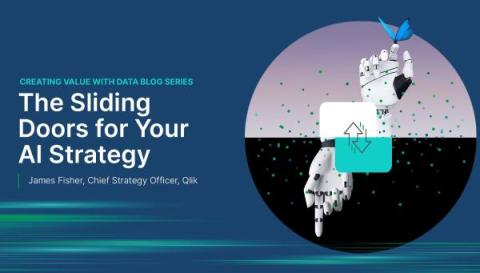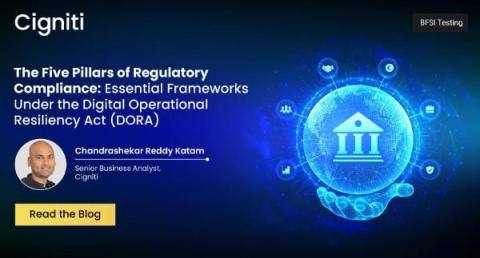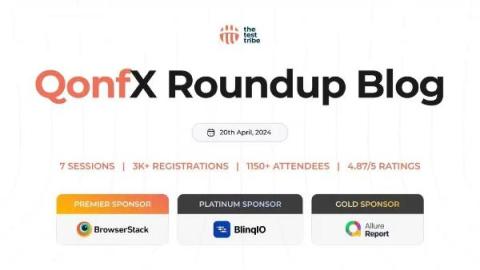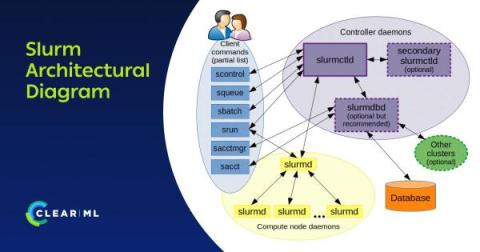The Sliding Doors for Your AI Strategy
I have been having quite a bit of fun in this blog series exploring the “sliding doors” (or divergent paths) that organizations can take with their AI and data initiatives. The right door can lead to great value, as I covered in my previous posts on ESG reporting, data products, and responsible AI.











